Exploring the Enigmatic Molly Stark Sanatorium
Located at 7900 Columbus Rd NE, Louisville, OH 44641, the Molly Stark Sanatorium is not just a relic of medical history but a beacon for ghost hunters and history enthusiasts alike. This now-abandoned facility tells a story of both healing and mystery, encapsulated within its crumbling walls.
For further details about the park that surrounds this historic site, visit Stark Parks Official Website.

The Rich History of Molly Stark Sanatorium
Opened in 1930, the Molly Stark Sanatorium was originally established as a tuberculosis hospital. Named after Molly Stark, the wife of the American Revolutionary War figure General John Stark, it was a state-of-the-art facility dedicated to combating the tuberculosis epidemic of the early 20th century.
As tuberculosis became controllable with medical advancements, the facility was repurposed in the 1960s to serve as a mental health institution. Despite its closure in 1995 and subsequent abandonment, the structure still stands, now part of the scenic Molly Stark Park, echoing the bygone eras of its varied past.
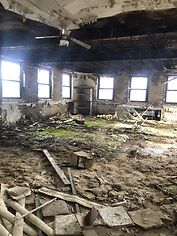
Ghostly Legends of Molly Stark Sanatorium
The tales of hauntings and ghost sightings have turned the Molly Stark Sanatorium into a hotspot for paranormal investigators and those fascinated with the supernatural. Reports of spectral apparitions, eerie sounds, and unexplained phenomena contribute to its mystique. Visitors often share chilling accounts of seeing ghostly figures and hearing mysterious noises, adding layers to its haunted reputation.
While these stories are captivating, they remain anecdotal, with no scientific evidence to back the claims of paranormal activity.
Visiting the Haunting Grounds
Today, Molly Stark Sanatorium is a part of the larger Molly Stark Park, managed by Stark Parks. While the building itself is not accessible for safety reasons, the surrounding park offers a picturesque setting where one can ponder the rich tapestry of history and perhaps catch an ethereal glimpse of the past.
Haunted Encounters: Videos and More
For those intrigued by the spooky and spectral, the Molly Stark Sanatorium offers a unique peek into a past filled with stories of both hope and despair. Whether you’re a history buff or a ghost hunter, this location promises a poignant journey through time.

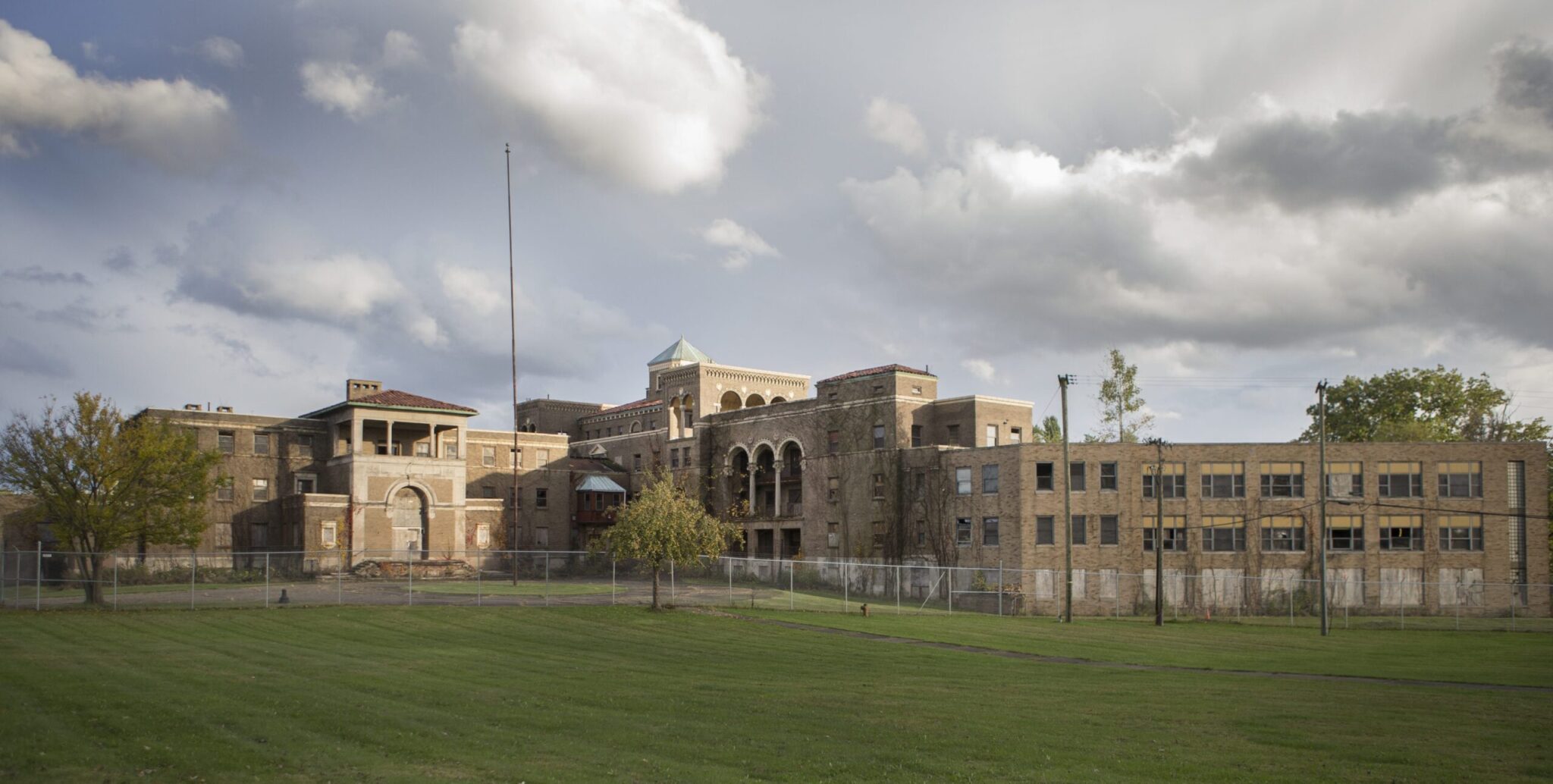
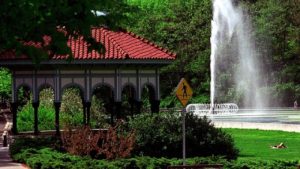
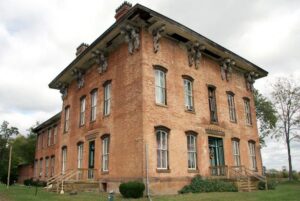



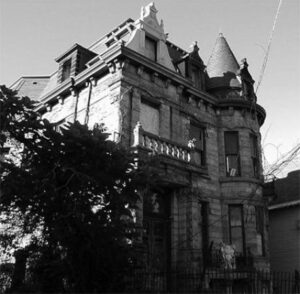
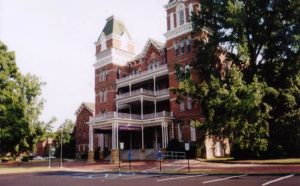
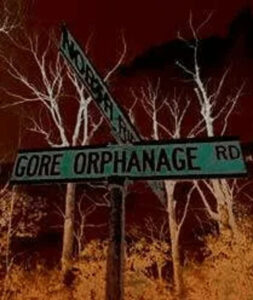
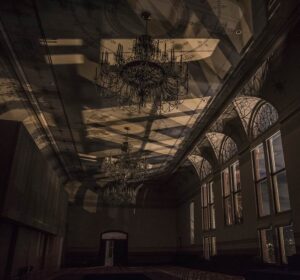
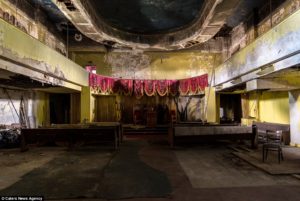


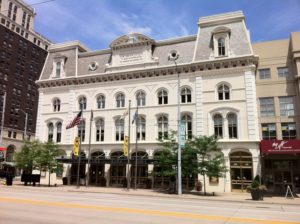


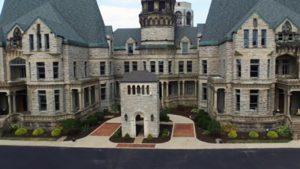
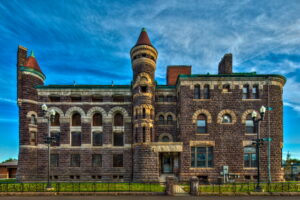
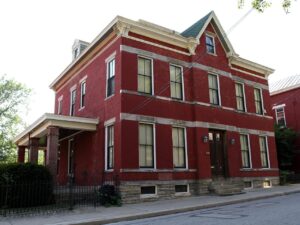




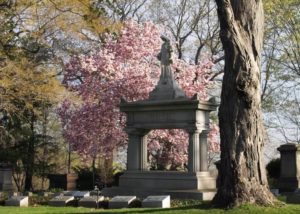
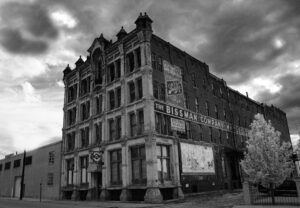


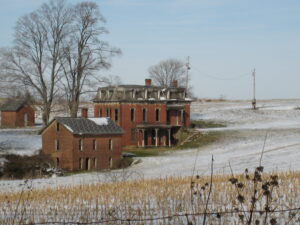
Leave a Reply